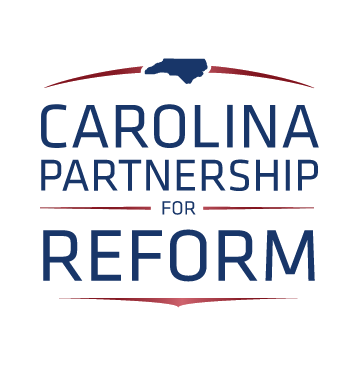Once Labeled Racist, NC Promise Now ‘A Success on Multiple Fronts’
Via Unsplash
Despite ugly and unfounded allegations of racism, the NC Promise college tuition plan has been deemed “a success on multiple fronts.” That’s the key takeaway from the program’s new 2023-24 Annual Report.
UNC System Chief Financial Officer Jennifer Haygood shared the annual report last week with members of the Budget and Finance Committee at a UNC Board of Governors meeting. Report indicators are excellent: “College affordability has increased, contributing to a significant decrease in undergraduate student debt at graduation at all NC Promise institutions.” At three of four program schools, enrollment has increased.
Established in 2016 statute, NC Promise is part of a multi-faceted strategy from Reform Majority lawmakers to optimize affordability and access at UNC System schools. No longer in its infancy, NC Promise now enables state-subsidized tuition for over 20,000 students at these UNC System schools: Elizabeth City State University, UNC-Pembroke, Western Carolina University, and Fayetteville State University.
Source: 2023-24 NC Promise Tuition Plan Annual Report.
Charges of racism — and cynicism about supporting HBCUs
Yet high praise seemed unlikely when lawmakers introduced NC Promise legislation seven years ago. Opposition was shrill—and visceral. Some detractors raised allegations of racism. The then-head of North Carolina’s NAACP referred to the plan as “trickery” intended to “bankrupt” schools. Still others wrote that the legislation put a “target on HBCUs’ back.” A Change.org petition with 8,000+ signatures dubbed the bill a “wolf in sheep’s clothing.” Two of three HBCUs in the original bill wanted out. One, Fayetteville State University, eventually reconsidered and began offering subsidized tuition in 2022.
The plan, however, was and is well-intentioned and uncomplicated: Leverage state subsidies to optimize college affordability. In-state students at NC Promise schools pay $500 in tuition per semester, while out of state students pay $2,500. Lawmakers appropriate state funds to “buy down” the difference between school tuition and the NC Promise rate. For this 2023-24 year, the state appropriation for NC Promise is $82.5 million.
Financial fearmongering notwithstanding, new annual report figures show NC Promise has been a boon to enrollment, especially at the two HBCUs. ECSU has experienced a whopping 48% uptick in enrollment; enrollment at FSU has increased 10%.
As student debt and tuition rise, lawmakers double down on affordability
The Reform Majority’s commitment to affordability also included capping fees at UNC System schools as well as setting fixed tuition in 2016—guaranteeing in-state students a constant tuition rate for four consecutive years. In the new state budget, lawmakers are helping financially at-risk college students cross the finish line. A $4 million appropriation funds college completion assistance programs for eligible students at eight UNC System schools over the next two years.
Such policies set the state apart. New indicators show tuition and fees nationwide have risen 2% for in-state students attending public ranked colleges and 4% for those at private ranked schools. Student loan debt has reached staggering levels, totaling $1.77 trillion in the second quarter of 2023, according to the Federal Reserve.
Those are sobering statistics. But here, legislative foresight and higher ed subsidies are driving a different narrative. In this one, there’s an open door to college—and help so more students can walk through it.


